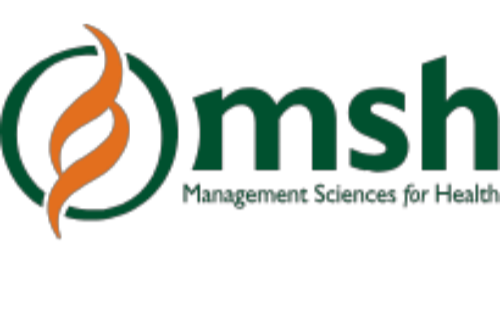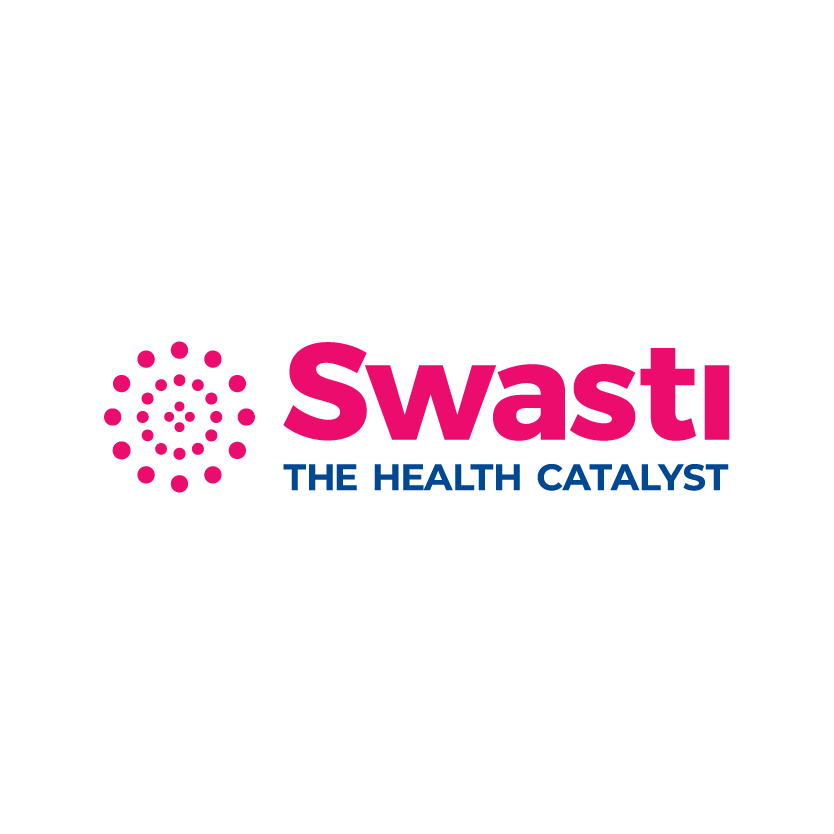

This section hosts guidelines, manuals and toolkits to strengthen public health practice.
Resources
FILTER
BY CATEGORY
View All
A Roadmap for Living with COVID
04 Jun 2022by Alexandra Heyman Nash Penn et al OVER 1 HOUR
COVID has been raging for two years. Multiple
variants have emerged. Worldwide, hundreds of millions of people have been
infected, millions have died, and untold numbers have developed long COVID. COVID
has disproportionately affected communities of color, those living in poverty,
and those in less developed countries. COVID has disrupted education and led to
significant learning loss. And, there has been tremendous economic dislocation,
millions of people thrust into poverty, and the loss of tens of trillions of
dollars from the world economy. Importantly, effective vaccines and
therapeutics have helped make progress in combatting the virus, but cases and
deaths still remain high. As the pandemic enters its third year, two factors
have become critical. One is fatigue. People are tired of restrictions used to fight
COVID. Simultaneously, the virus continues to surprise experts and make it
challenging to anticipate what lies ahead.
In all cases, the world must be better prepared. It
is possible for a new variant of concern to emerge. But greater population
immunity increases the probability of a lower disease burden, lower strain on
the health system, and fewer deaths if waning immunity or immune evasion do not
become significant factors.
The following 12 elements constitute the fundamental core of
this Roadmap and are elaborated in this report.
1. Major Respiratory: Viral Illnesses Shift the focus
from Covid to major respiratory viral illnesses like fu and RSV infection,
with the interim goal of reducing annual deaths below the worst infuenza season
in the last decade.
2. Dashboard: Create, maintain, and disseminate a
transparent infectious diseases dashboard to guide both the public and
policymakers at the national, state, and local levels on the introduction,
modifcation, and lifting of public health measures.
3. Testing, Surveillance, and Data Infrastructure: Increase
surge production capacity for at-home rapid tests to 1 billion per month.
Establish a test-to-treat infrastructure that links all testing with high
sensitivity and specifcity to immediate medical consults and appropriate
treatment, clinical trial enrollment, and public health guidance.
4. Indoor Air Quality: Direct the Environmental Protection Agency
(EPA) and Occupational Safety and Health Administration (OSHA) to develop
standards to improve indoor air quality and protect workers from inhalation
exposure.
5. Vaccines and Therapeutic: Support the development
of new, more effective therapeutics, especially multi-drug oral antivirals, and
next generation vaccines, especially mucosal and pancoronavirus designs.
6. Global Investment: Shift the goal of U.S.
contributions to the global vaccination effort from stopping infections
through population vaccination coverage alone to improving the distribution and
administration infrastructure necessary to fully vaccinate the most vulnerable
people in low- and middle-income countries.
7. Long COVID: Rapidly coordinate and expand
research on long Covid, to produce data and biospecimens available through
open science, with specific emphases on the INSPIRE and RECOVER studies. Aim to
generate definitive answers to fundamental questions on frequency, risk
factors, prognosis, and the benefits of vaccines and therapies for long Covid,
within the next year.
8. Equity: Better address health disparities by creating
a permanent cadre of community health workers to support vulnerable
populations highly susceptible to adverse outcomes from viral respiratory
illnesses and leveraging trusted community groups such as faith-based
organizations.
9. Workforce: Expand and support the public health
and health care workforces through improved wages, health benefts (including
mental health), tuition assistance, loan forgiveness, and safe working
conditions. Incentivize the accelerated adoption of automation for routine chores
and paperwork.
10. Biosecurity and Pandemic Leadership: Create the
post of Deputy Assistant to the President for Biosecurity (within the National
Security Council), responsible for preparing for, monitoring, addressing, and
coordinating responses to and communications about any biosecurity and pandemic
threats.
11. Communication: Implement a comprehensive, scientifically-tested
communication and behavioral intervention infrastructure to increase
vaccination, testing, and treatment, especially among vulnerable groups.
12. Schools and Childcare: Governments should not close
schools and childcare facilities unless all other community mitigation measures
fail. Implement policies and programs, such as improved air fltration and
expanded school nurse programs, that enable schools and childcare facilities to
remain open and safe for in-person instruction and care without the need for
special public health mitigation measures.
Related File :
7975672441.pdfCategories
COVID-19

 EXPLORE DATA
EXPLORE DATA 



























